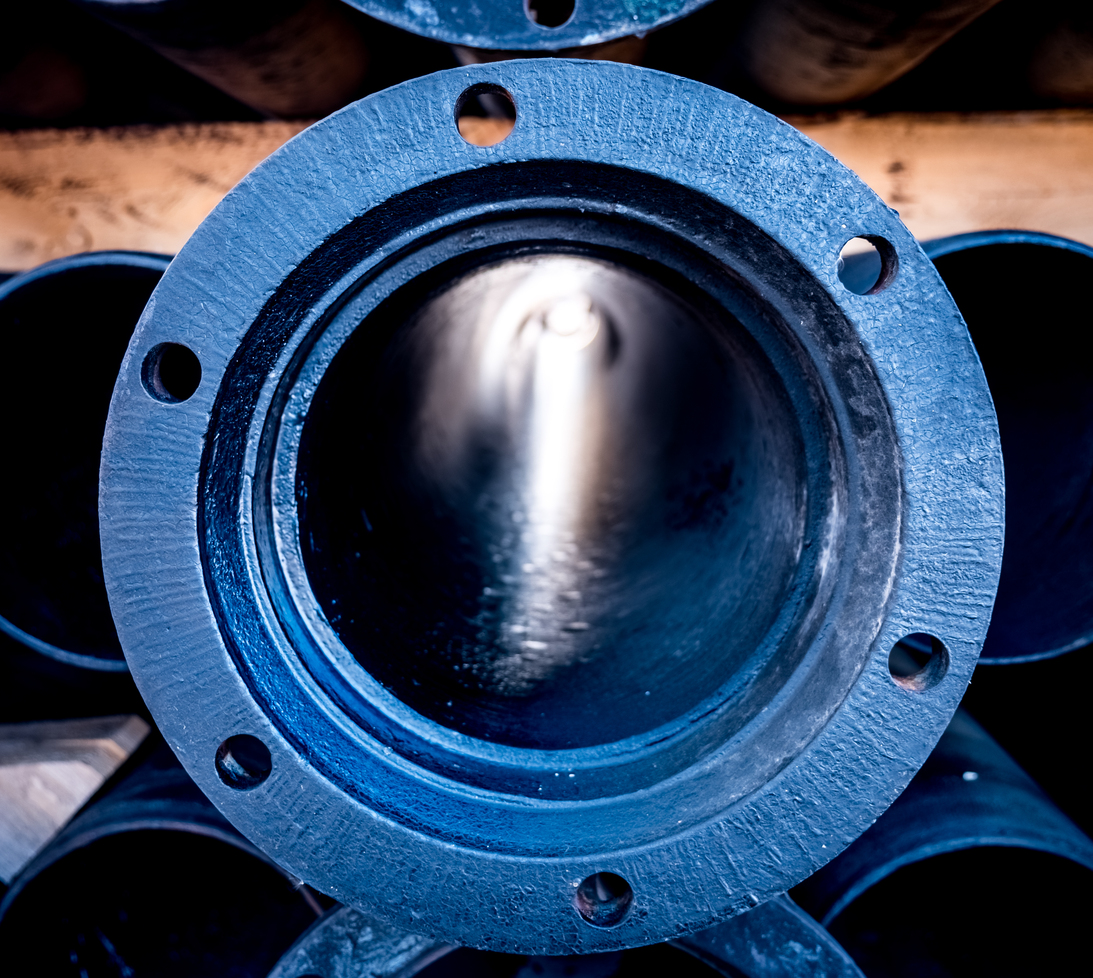In the intricate world of automotive maintenance and performance tuning, understanding and monitoring oil pressure is crucial for the longevity and reliability of your engine. Installing an oil pressure gauge sensor can provide you with real-time data, allowing for proactive maintenance and the early detection of potential issues. This comprehensive guide delves into the multi-layered process of installing an oil pressure gauge sensor, ensuring you have the knowledge and confidence to tackle this task with precision.
- Understanding the Basics: What is an Oil Pressure Gauge Sensor?
An oil pressure gauge sensor, also known as an oil pressure transducer or sender unit, is a vital component in modern engines. It measures the pressure within the engine's lubrication system and converts this mechanical pressure into an electrical signal. This signal is then interpreted by the vehicle's ECU (Engine Control Unit) or displayed directly on an analog or digital gauge, giving you a clear indication of the engine's oil pressure status.
- Preparation is Key: Gathering Tools and Materials
Before diving into the installation, ensure you have all necessary tools and materials at hand. This includes:
- Oil Pressure Gauge Sensor: Choose a sensor compatible with your vehicle's make, model, and engine type.
- Socket Set and Wrenches: For removing and tightening bolts and nuts.
- Torque Wrench: To ensure bolts are tightened to the manufacturer's specifications.
- Thread Sealant: To prevent leaks at threaded connections.
- Rags and Cleaning Supplies: For wiping away oil and debris.
- Oil Drain Pan: To catch any oil that may spill during the process.
- Vehicle Repair Manual: For specific installation instructions tailored to your vehicle.
- Safety First: Precautions and Initial Steps
- Engine Cool Down: Ensure the engine is fully cooled before starting work to avoid burns.
- Jack Stands and Wheel Chocks: If working under the vehicle, ensure it is securely supported by jack stands and wheel chocks.
- Personal Protective Equipment (PPE): Wear safety glasses, gloves, and a respirator to protect yourself from oil, debris, and potential electrical hazards.
- Disconnect the Battery: To prevent accidental electrical shorts, disconnect the negative terminal of the battery.
- Locating the Sensor: Vehicle-Specific Steps
The location of the oil pressure gauge sensor can vary depending on your vehicle. Consult your vehicle's repair manual for precise location and removal instructions. Commonly, sensors are mounted on the engine block, oil pan, or near the oil filter housing.
- Removing the Old Sensor
- Cleaning the Area: Use a rag and cleaner to remove any oil, grease, or debris from around the sensor.
- Disconnecting Electrical Connections: Carefully unclip or unscrew the electrical connector from the sensor.
- Removing the Sensor: Use the appropriate socket or wrench to loosen and remove the sensor. Apply gentle pressure to avoid damaging threads or surrounding components.
- Installing the New Sensor
- Inspect Threads: Ensure the threading on both the sensor and the mounting hole are clean and free of damage.
- Apply Thread Sealant: Apply a small amount of thread sealant to the threads of the new sensor to prevent leaks.
- Installing the Sensor: Hand-tighten the sensor into place first, then use a torque wrench to tighten it to the manufacturer's specified torque settings.
- Reconnect Electrical Connections: Securely reconnect the electrical connector to the sensor.
- Checking for Leaks and Testing
- Visual Inspection: Visually inspect all connections for leaks. If necessary, tighten slightly more or reapply thread sealant.
- Refill Oil: If any oil was lost during the process, refill the engine oil to the proper level.
- Start the Engine: Start the engine and let it idle for a few minutes. Monitor the oil pressure gauge to ensure it reads within normal operating range.
- Road Test: After ensuring no leaks, take the vehicle for a short road test to verify that the sensor is functioning correctly and providing accurate readings.
- Post-Installation Tips and Maintenance
- Regular Monitoring: Keep an eye on your oil pressure gauge regularly to catch any sudden changes in pressure.
- Maintenance Schedule: Follow your vehicle's recommended maintenance schedule for oil changes and engine inspections.
- Replacement Interval: Note the manufacturer's recommended replacement interval for the oil pressure gauge sensor and plan accordingly.
Conclusion: A Job Well Done
Installing an oil pressure gauge sensor is a rewarding DIY project that can significantly enhance your understanding and maintenance of your vehicle's engine health. By following this comprehensive guide, you've not only installed a critical diagnostic tool but also gained invaluable insights into the mechanics of your car. Remember, precision, patience, and adherence to your vehicle's specifications are key to a successful installation. Happy wrenching!

